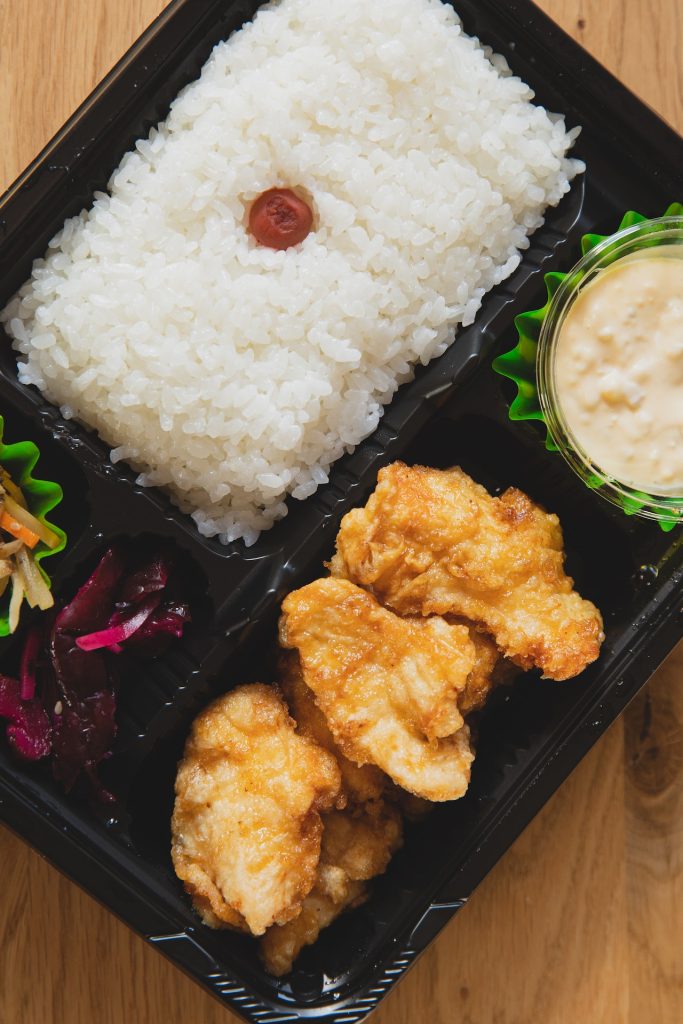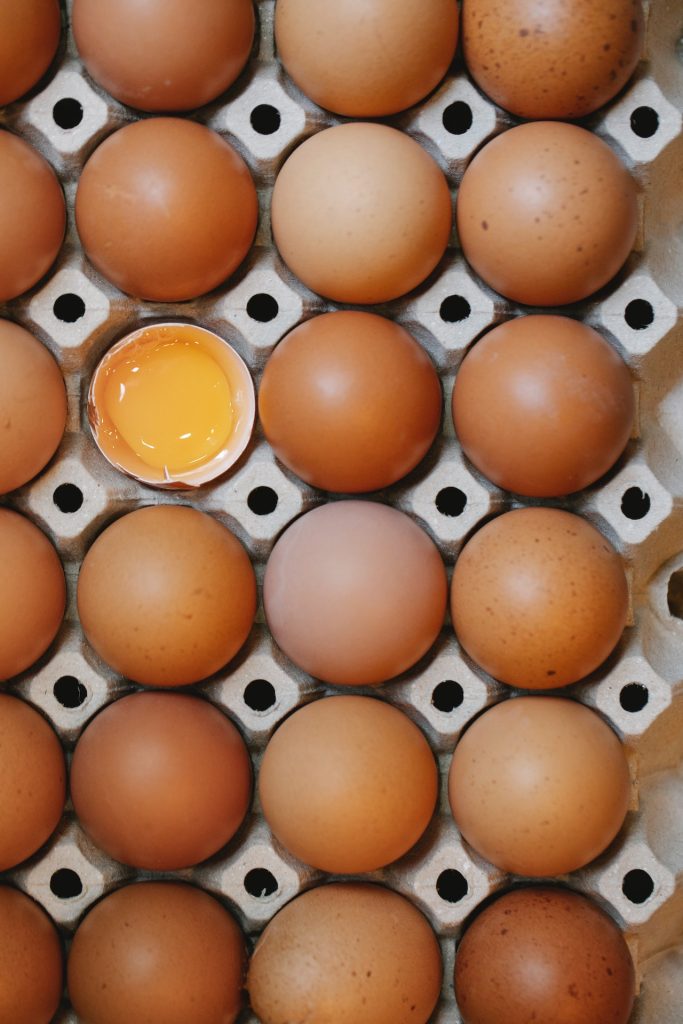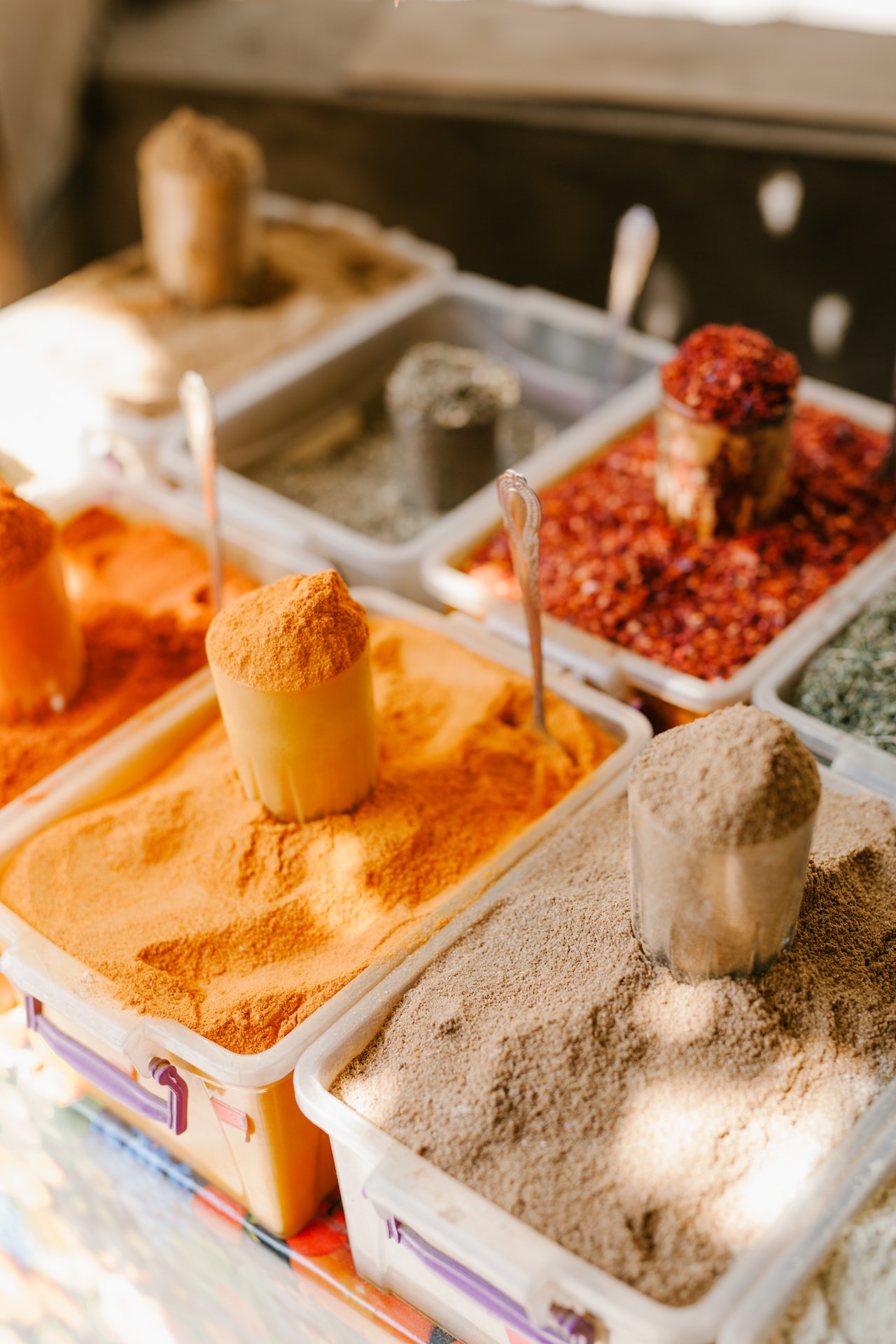This chicken herb Thai soup is a specialty of the Isaan region of north-eastern Thailand. It is not your regular Thai soup. It’s not extremely hot. It doesn’t feel heavy and rich. It isn’t sweet, either. Thanks to dishes like the fiery, minced-meat larb and papaya salads known as som tam, this meal has recently gained popularity outside of Thailand.
Gaeng om gai, which is made with water instead of the rich, coconut milk-based gaeng Chiao waan gai or gaeng massaman neua, highlights the refreshing properties of its ingredients. The succulent chicken chunks, the crisp-tender taste of cabbage, yu choy, and Thai apple eggplants, and the delicious funk of fish sauce and pla ra. Pla Ra is a thick, murky fish sauce created with fermented freshwater fish, fresh dill’s calming flavor and aroma, and a curry paste that has been roughly pounded to add flavor and heat.
Making Gaeng on gai
When the paste is ready, fry it with the chicken pieces until the mixture smells incredible. Next, loosen it with chicken stock and simmer the sauce. Then, you gradually add vegetables to cook them without losing their crisp bite, and a generous pinch of Khao khua thickens the broth while also bringing out its nutty, toasty flavors. Then, off-heat, add some more dill, green onions, and makrut lime leaves. By adding these ingredients at the very end and lowering the heat, you can keep the herbs fresh and enable their tastes to slowly penetrate the sauce, much like when brewing tea.
Ingredients
For the Curry Paste:
● 1/2 teaspoon salt
● two stalks of lemongrass, bottom only, outer leaves discarded, tender core thinly sliced (about 30g
● three small shallots, quartered
● three medium garlic cloves
● 2 fresh or frozen makrut lime leaves, middle rib removed l
● five fresh red Thai chilies, stemmed
For the Curry:
● 450g boneless skinless chicken thighs, cut into 1 ½ -inch pieces
● ½ teaspoon salt
● one tablespoon of vegetable oil
● 3 cups homemade chicken stock, low-sodium store-bought chicken broth, or water
● One fresh galangal, sliced crosswise into 1/8-inch-thick pieces
● three tablespoons pla ra (Thai fermented fish sauce)
● one tablespoon of fish sauce
● 3 Thai apple eggplants, stemmed, quartered, and placed in a small bowl of water
● Green cabbage, cut into 3-inch pieces
● 150g yu choy, cut into 2-inch pieces
● two tablespoons Khao khua (Thai toasted-rice powder)
● ten stems of fresh dill, woody bottom stems removed, tender stems and fronds cut into 2-inch pieces
● five fresh or frozen makrut lime leaves, middle rib removed
● four scallions cut into bits
● Cooked sticky or jasmine rice for serving
Directions
1. For the curry paste, mash salt and lemongrass in a granite pestle and mortar for about two minutes or until coarse paste forms. Shallots, garlic, Thai chilies, and makrut lime leaves should be added in that order, and each addition should be thoroughly pounded (3 to 4 minutes per addition) to break down and combine ingredients into a coarse paste. Pounding the ingredients into a chunky mixture with makrut lime leaf and chile visible should take around 10 minutes in total.
2. For the curry: Season the chicken with salt and set aside. Heat the oil in a 3-quart saucepan over medium heat until it shimmers. Stir in the curry paste with a rubber spatula, scraping along the sides of the saucepan to properly integrate the paste. Cook, stirring regularly, for 1 to 2 minutes or until aromatic. Stir in the chicken and cook, constantly tossing, until it is pale white and opaque on all sides, about 2 minutes.
3. Bring the chicken stock and galangal to a quick simmer. Cook, stirring periodically, for about 10 minutes or until the chicken is cooked through and tender.
4. Combine the eggplant, pla ra (if using), and fish sauce in a mixing bowl. Cook for 3 minutes, increasing heat as required to maintain a quick simmer until the eggplant is just cooked through but still has some bite to it. Stir in the cabbage and yu choy and simmer until the veggies are just soft, about 3 minutes. Remove from the heat and stir in the Khao Kua, dill, makrut lime leaves, and scallions. Stir in the herbs until they are slightly wilted.
5. Transfer the curry to a big serving bowl or divide it among individual serving bowls. Serve with prepared sticky rice or jasmine rice right away.
